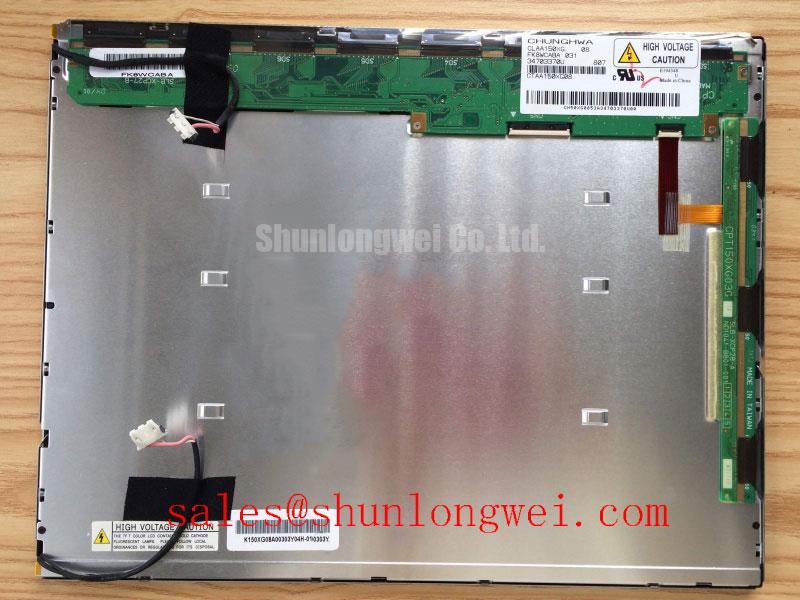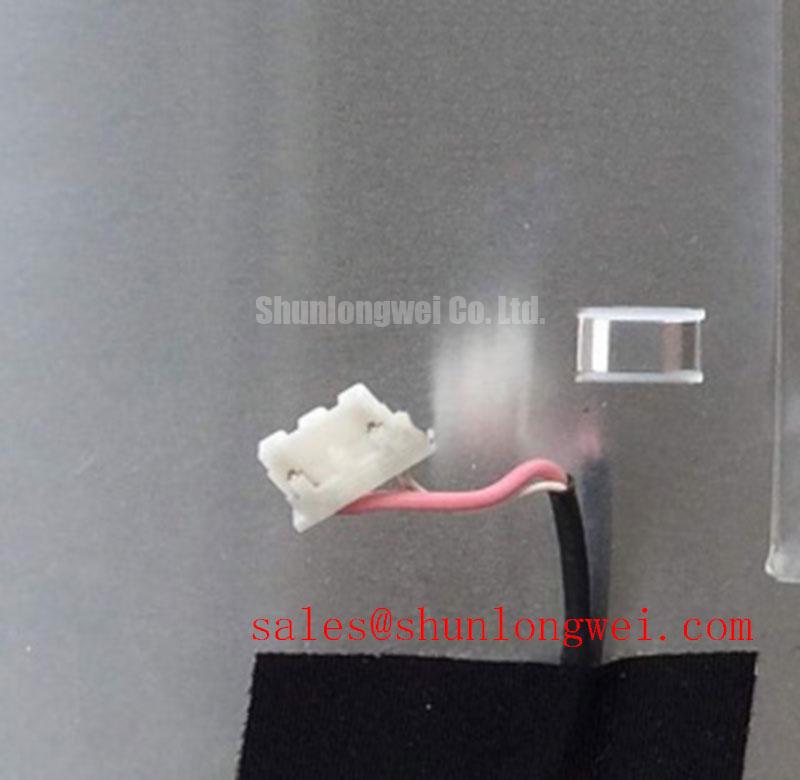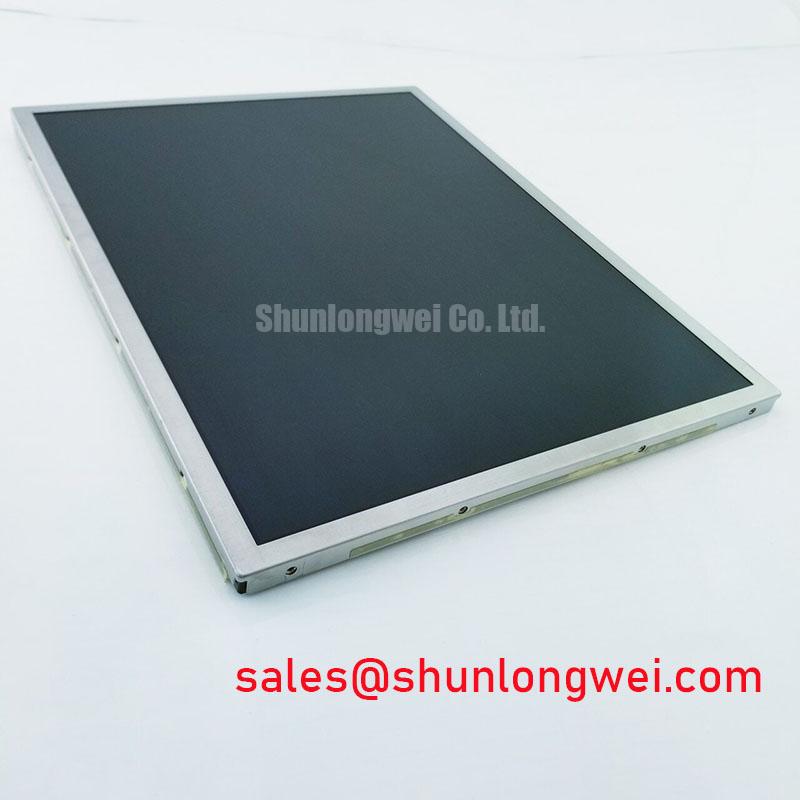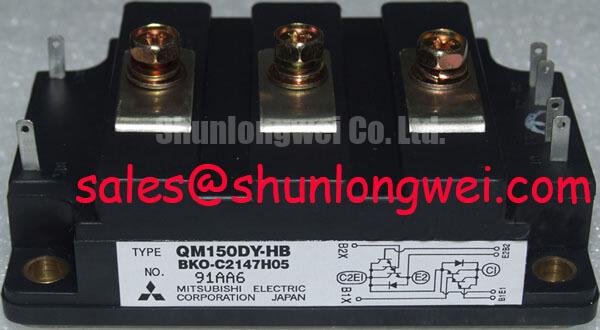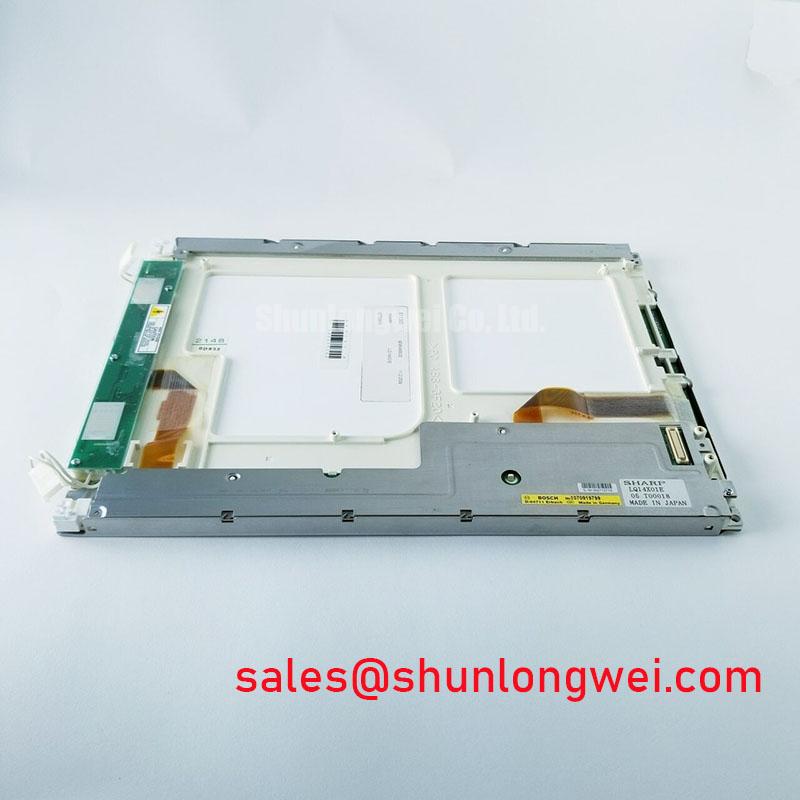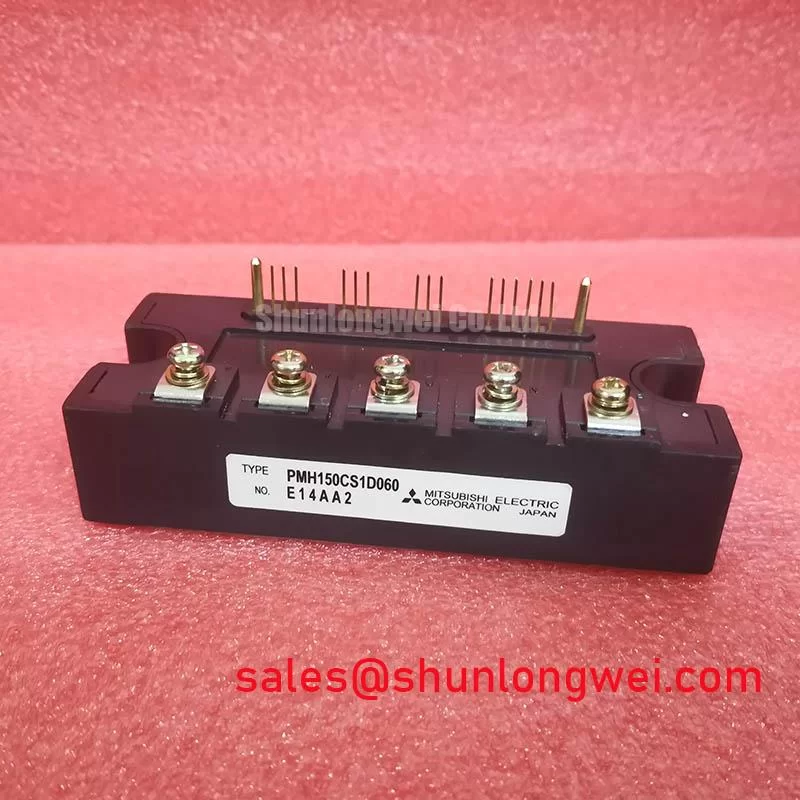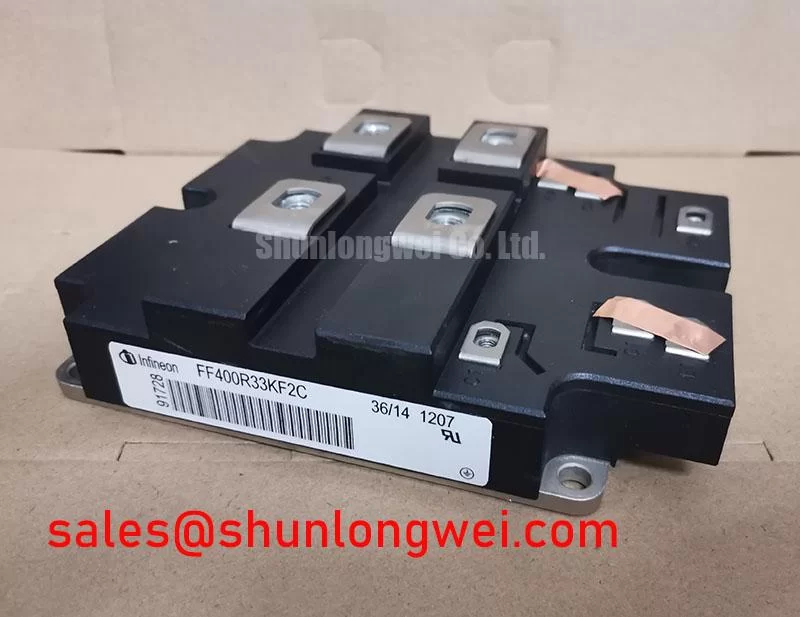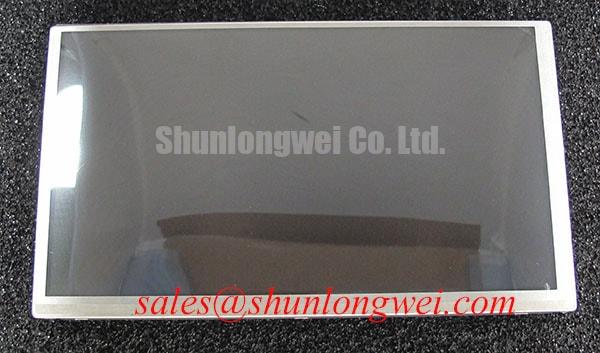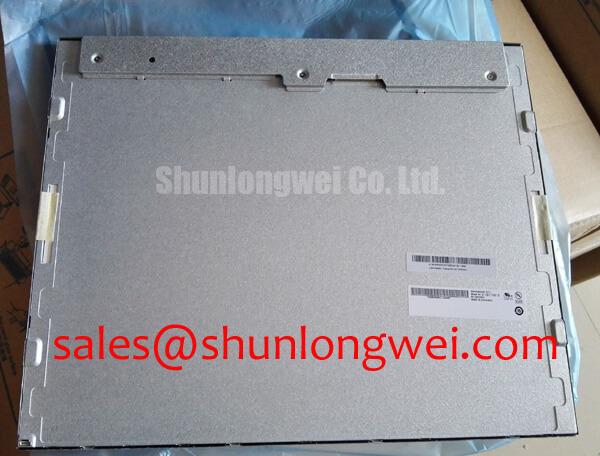CLAA150XG07: Reliable 15-inch XGA Display for Industrial HMI & Control Systems
Content last revised on October 4, 2025.
Key Parameter Overview
Decoding the Specs for System Integration
The Chunghwa Picture Tubes (CPT) CLAA150XG07 is an a-Si TFT-LCD module engineered for straightforward integration into industrial and commercial applications. Its balanced specifications provide a dependable foundation for Human-Machine Interfaces (HMIs), control panels, and information kiosks where clarity and consistent performance are paramount. The display's standard XGA resolution and LVDS interface make it a practical choice for both new system designs and legacy equipment retrofits. For systems requiring a higher color depth or a different interface, the related G150XG03 V2 may be a suitable alternative to evaluate.
| Parameter | Specification | Engineering Implication |
|---|---|---|
| Screen Size | 15.0 inch | Provides ample active area for complex GUIs and data visualization in industrial control systems. |
| Resolution | 1024(RGB)×768 [XGA] | A widely adopted industrial standard, ensuring software compatibility and simplifying the upgrade of existing systems. |
| Display Technology | a-Si TFT-LCD, TN, Normally White | Offers fast response times suitable for dynamic content and cost-effective, reliable performance. |
| Brightness | 250 cd/m² (Typ.) | Sufficient for typical indoor industrial environments, providing clear readability under factory lighting. |
| Viewing Angle (CR≥10) | 60/60/45/55 (L/R/U/D) | Optimized for a primary operator viewing from a direct-on or slightly angled position. |
| Interface Type | LVDS (1 ch, 6-bit), 20 pins Connector | A robust, low-noise digital interface that simplifies system integration and reduces EMI challenges. |
| Operating Temperature | 0 ~ 50 °C | Suitable for deployment in controlled indoor environments such as factory floors and control rooms. |
Download the CLAA150XG07 datasheet for detailed specifications and performance curves. (Note: Official datasheet not publicly available; specifications are based on aggregated industry data).
Application Scenarios & Value
System-Level Benefits in Industrial Equipment
The CLAA150XG07 is best suited for applications where long-term availability and a standard, easy-to-integrate format are more critical than cutting-edge performance metrics. Its XGA resolution of 1024x768 is a key asset for system designers. Think of it as a universal language for industrial software; GUIs and SCADA systems developed over the last two decades are often optimized for this exact resolution. This dramatically simplifies the process of upgrading aging operator panels, as it often eliminates the need for costly software redevelopment or GUI rescaling. The panel serves as a drop-in replacement, minimizing downtime and engineering effort.
What is the primary benefit of its standardized interface? The LVDS (Low-Voltage Differential Signaling) interface provides excellent noise immunity, a critical factor in electrically noisy industrial environments where motors, VFDs, and relays are operating. This inherent robustness ensures signal integrity over longer cable runs between the display and the host controller, contributing to overall system reliability. For industrial applications requiring a wider viewing angle and higher contrast, the G150XNE-L01 presents a compelling alternative with its AHVA technology.
FAQ
Is the CLAA150XG07 suitable for outdoor applications?
No, with a typical brightness of 250 nits and an operating temperature range of 0 to 50°C, this display is designed for controlled, indoor industrial or commercial environments. It is not a sunlight-readable panel. For more information on displays for challenging environments, see our guide to sunlight-readable HMIs.
What does the "Normally White" TN mode signify for an industrial application?
"Normally White" means that in the event of a total power failure to the pixel, it will become transparent (white). In some safety-critical systems, this can be a predictable fail-state, which can be preferable to a pixel failing to an opaque (black) state.
How does the 6-bit LVDS interface impact color representation?
A 6-bit interface allows for the display of 262,144 colors (2^6 x 2^6 x 2^6). While not suitable for high-fidelity graphic design, this color depth is entirely sufficient for the vast majority of industrial HMI applications, which prioritize clear differentiation of status indicators, alarms, and process diagrams over photorealistic color reproduction.
Can this display be used with a touchscreen?
The base CLAA150XG07 module does not include a touchscreen. However, its 15.0-inch form factor is a standard size, making it compatible with various third-party resistive or capacitive (PCAP) touch overlays for integration into interactive HMI systems.
Technical Deep Dive
Understanding the LVDS Interface Advantage
The choice of an LVDS interface on the CLAA150XG07 is a significant engineering decision geared towards reliability in demanding settings. Unlike older TTL interfaces that use single-ended signals with higher voltage swings, LVDS uses two wires with a small, differential voltage. This is analogous to using a balanced microphone cable in a concert; the two wires carry the same signal but with opposite polarity. Any external noise, such as electromagnetic interference (EMI) from a nearby motor, will be induced onto both wires equally. The receiver subtracts one signal from the other, effectively canceling out this common-mode noise and preserving the original data. This results in a cleaner, more reliable video signal, which is essential for preventing data corruption and ensuring the HMI accurately reflects the machine's status.
Industry Insights & Strategic Advantage
The Role of Standardized Displays in Asset Lifecycle Management
In the world of industrial automation and long-lifecycle equipment, continuity and serviceability are paramount. The CLAA150XG07, with its classic 4:3 aspect ratio and standard XGA resolution, represents a strategic component for maintaining and extending the life of capital-intensive machinery. While the consumer market has moved towards widescreen formats and ultra-high resolutions, the industrial sector often prioritizes stability and backward compatibility. Using a display like the CLAA150XG07 allows manufacturers to service equipment that may be 10-15 years old without forcing a complete and costly redesign of the control system's electronics and software. This focus on Total Cost of Ownership (TCO), rather than just initial component cost, is a hallmark of robust industrial design. For a deeper understanding of this philosophy, exploring the differences between industrial and consumer displays provides critical context.
The strategic value lies in its role as a "form, fit, and function" replacement part. This minimizes requalification efforts and ensures that maintenance and repair operations can be executed swiftly, reducing costly production downtime. By designing with such industry-standard components, engineers build resilience and longevity directly into their systems.

